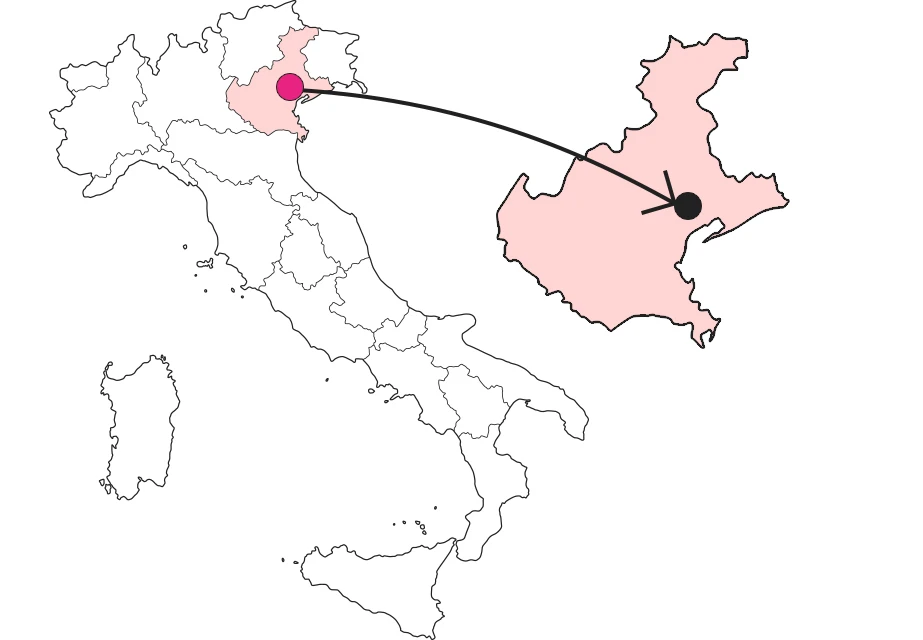SHARRYLAND


Stories of Saint Ursula by Thomas of Modena
Ursula and the eleven thousand virgins come alive in the magnificent frescoes of the great 14th-century master.



Where is

What it is and where it is
In the heart of Treviso (but the city is not very big, we might think that the whole body of ancient bricks is actually one throbbing heart within the walls) the church of Santa Caterina would suddenly open, but the door remains closed. Today it is the first section of the Civic Museums, you can enter it from there. It is a large space, so large that it could contain within it another church, the now disappeared one dedicated to Margaret, in which the stories of Ursula were frescoed. On the tour of these three saints is grafted the story of Tomaso da Modena's masterpiece.
Why it is special
It was 1883 when Abbot Luigi Bailo, at Santa Margherita agli Eremitani-an old city church that had served as a military depot but was being demolished at the time-made an incredible discovery. Pieces of plaster falling from the walls of the chapel in cornu epistolae (the one to the right of those looking at the altar) revealed an extraordinary painted cycle. It was Tomaso da Modena himself, a medieval master active for a decade in Treviso until 1358. And the story frescoed that of Ursula, a Breton princess and early Christian saint, martyred with her procession of eleven thousand virgins (recounted in Jacopo da Varagine's Legenda Aurea ) beneath the walls of Cologne, returning from a pilgrimage to Rome with her recent spouse and the Pope who had followed them.
Not to be missed
From "The Sending of the Ambassadors to the King of England" to "The Martyrdom," the stories unfold in eleven framed panels on the side walls of the chapel saved by Bailo, who detached the pieces of painted plaster and transferred them to canvases-a true miracle, given the technique employed, the indifference of the authorities of the time, and the result achieved. Thanks to him, today we can enjoy Tomaso's painting, a painting that is elegant (the betrothed groom holds a falcon on his arm, a testament to the comforts of fourteenth-century courts), heedless of the natural rendering of space (Tomaso knew that the passengers could not, at any moment, be larger than the boat) and even comical (the messengers counting Orsola's claims on their fingers tell us that, although the images change, the content is the same in every era).
A bit of history
It is about 1355. In those years, after the Ezzelino, Da Camino and Scaliger occupation, Treviso had given itself spontaneously to the Serenissima Republic, becoming the first Venetian possession on the mainland and benefiting from its position. After the little angels painted in Santa Lucia (in Piazza San Vito) and the Dominican Chapter, therefore, it seems that Tomaso was an excellent witness to this flourishing phase.
Curiosities
On the south wall, many shreds of fresco tell us that St. Catherine's was also once resplendent. And upstairs the Pinacoteca is home to other masterpieces, whether by the important titles that stand out on the tags or by the quietly beautiful features of many other works. Two names suffice: Gentile da Fabriano below and Paris Bordon above. Let yourself be intrigued!
Enter the Map of Italy's Undiscovered Wonders and find treasures where you least expect it... Inspire, Recommend, Share...
Collections
The Map thanks:
Enter the Map of Italy's Undiscovered Wonders and find treasures where you least expect it... Inspire, Recommend, Share...
Where is

Collections

